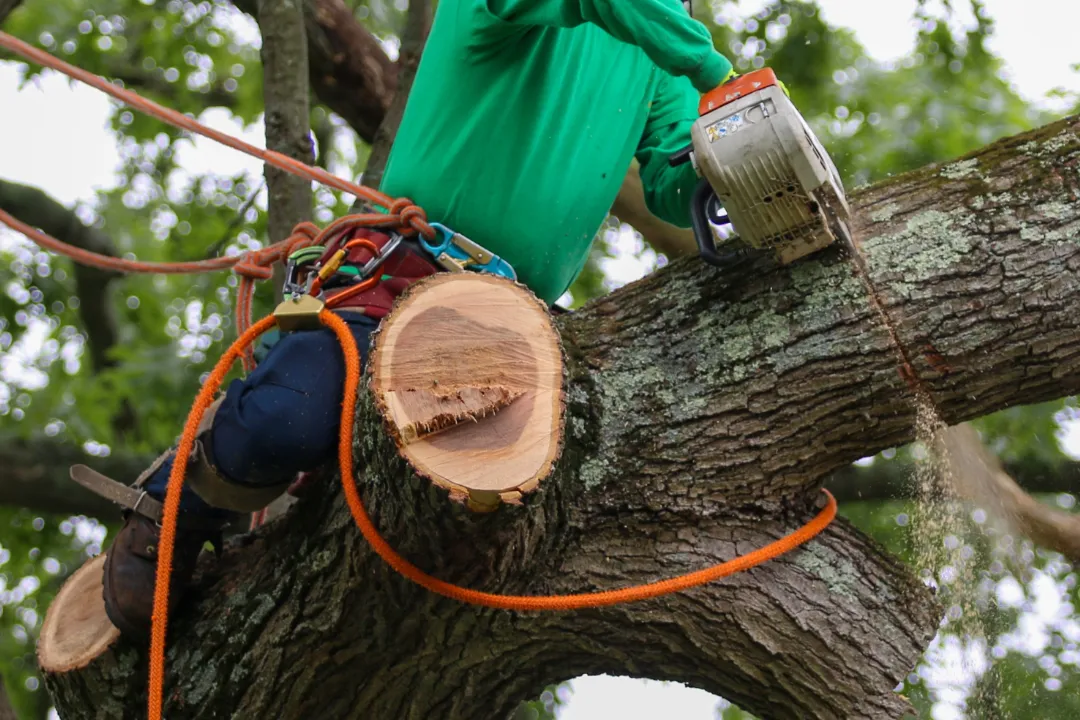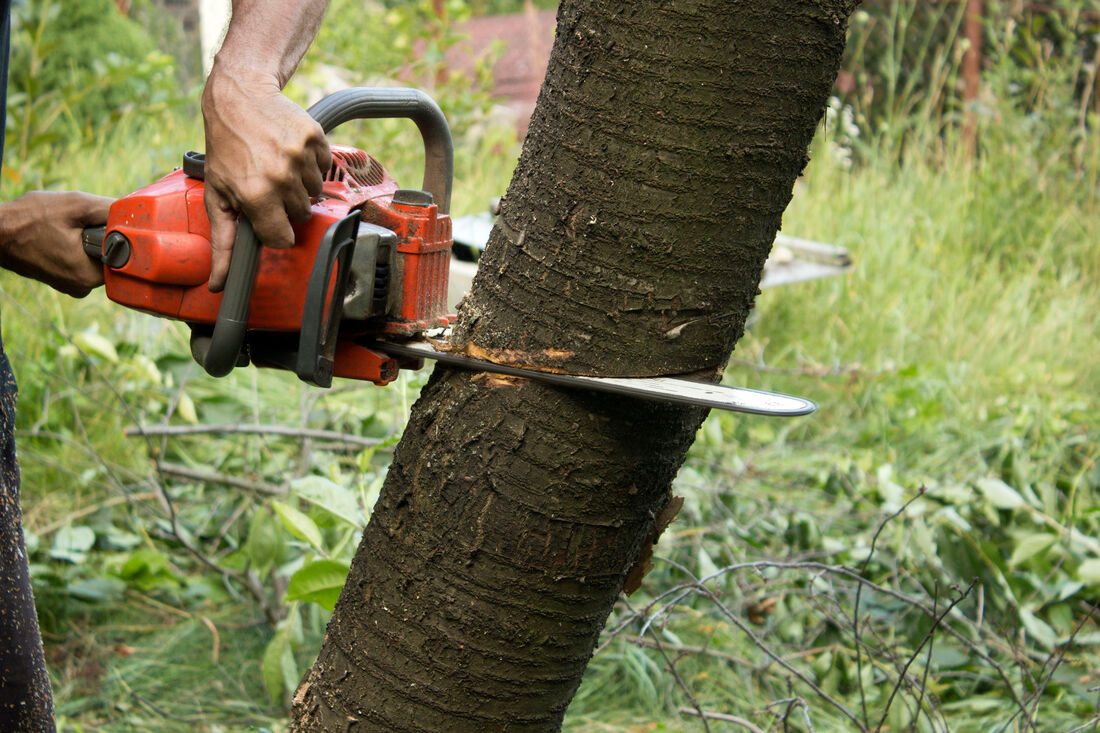All Categories
Featured
The elimination of trees can produce open rooms that are prone to weed invasion. When trees are present, their thick covers often shade the ground, restricting the quantity of sunshine that reaches the dirt. After the removal of trees, these open locations obtain raised sunshine, giving suitable problems for weed growth.
:max_bytes(150000):strip_icc()/sample-contract-for-removal-jobs-by-tree-services-2130959-hero-26fe7131be0f4a37865a9bca066fa3c6.jpg)
They may suggest the use of compost, which acts as a safety barrier on the soil surface, preventing weed seeds from germinating and reducing weed development.

The visibility of trees cultivates an abundant and varied neighborhood of soil microbes. Tree roots offer a source of raw material, exudates, and nutrients that support the development and activity of beneficial soil bacteria. When trees are eliminated, the lack of their roots can disrupt the delicate equilibrium of the soil's microbial ecosystem.
What Is The Best Tree Cutting Wollongong?
This modification in pH can influence nutrition availability, microbial task, and total soil wellness. To attend to the results of tree reducing on dirt pH, tree elimination specialists can give useful recommendations. They may recommend soil screening to assess the current pH degrees and identify the necessary adjustments. Based on the outcomes, specialists can recommend pH adjustment techniques, such as adding lime to elevate dirt pH or incorporating elemental sulfur to reduce it.

It describes the compression of soil bits, resulting in minimized pore area and enhanced dirt thickness. This compaction can adversely influence the dirt's capacity to operate optimally, influencing its water-holding capacity, nutrition availability, and origin penetration. Appropriate strategies used by tree removal experts can assist minimize compaction and protect the soil's capability to preserve water, and enable sufficient air movement and cautious devices handling.
Latest Posts
How Much Does Full Service Wollongong City Council Tree Removal Cost?
What Is The Best Tree Cutting Wollongong?
Is It Worth Paying For Stump Removal Wollongong?